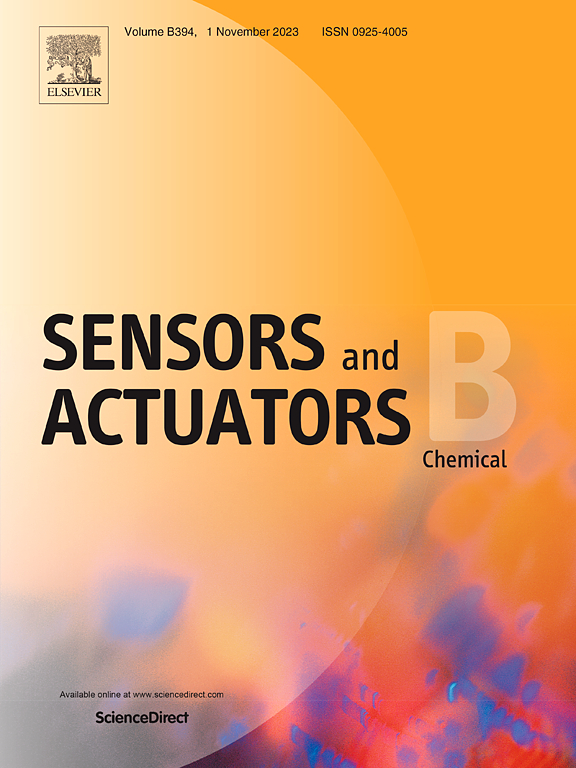On-site detection of extracellular antibiotic resistance genes by magnetic solid phase extraction-light driven amplification-lateral flow assay
IF 8
1区 化学
Q1 CHEMISTRY, ANALYTICAL
引用次数: 0
Abstract
Antibiotic resistance genes (ARGs), especially extracellular ARGs (eARGs), are recognized as emerging pollutants that pose significant threats to public health and the environment, characterized by their increased transmission risk across bacterial genera and the difficulty in monitoring them. Herein, a comprehensive method for the efficient detection of eARGs was developed, integrating magnetic solid phase extraction (MSPE), light-driven (LD) recombinase polymerase amplification (RPA), and lateral flow assay (LFA). Initially, Fe3O4@polydopamine (Fe3O4@PDA) was utilized as the adsorbent in MSPE to extract eARGs from samples. The extracellular sulfonamide resistance gene sul1 was chosen as a model analyte for this study. Subsequently, the efficiency of nucleic acid amplification was significantly enhanced by 2.2 times compared to traditional water-bathed RPA, through the implementation of LD-RPA. This technique employed a portable laser flashlight as the light source and Fe3O4@PDA as the photosensitive medium, facilitating rapid and efficient amplification of the target gene. Following amplification, the specifically designed LFA was utilized for the detection of the amplicons. The resulting assay demonstrated a wide linear range of 10 copies/µL to 1.0 × 105 copies/µL in the eluent of MSPE (R2 = 0.9939), with a remarkable detection limit of 10 copies/µL eluent, corresponding to 3.3 × 10−2 copies/µL in water samples. The entire analytical procedure costs only 35 min. To validate the method, environmental water samples were tested, and the results obtained were found to be in good agreement with those from real-time quantitative polymerase chain reaction, further substantiating the accuracy and efficacy of the integrated MSPE–LD-RPA–LFA approach.

求助全文
约1分钟内获得全文
求助全文
来源期刊

Sensors and Actuators B: Chemical
工程技术-电化学
CiteScore
14.60
自引率
11.90%
发文量
1776
审稿时长
3.2 months
期刊介绍:
Sensors & Actuators, B: Chemical is an international journal focused on the research and development of chemical transducers. It covers chemical sensors and biosensors, chemical actuators, and analytical microsystems. The journal is interdisciplinary, aiming to publish original works showcasing substantial advancements beyond the current state of the art in these fields, with practical applicability to solving meaningful analytical problems. Review articles are accepted by invitation from an Editor of the journal.
 求助内容:
求助内容: 应助结果提醒方式:
应助结果提醒方式:


